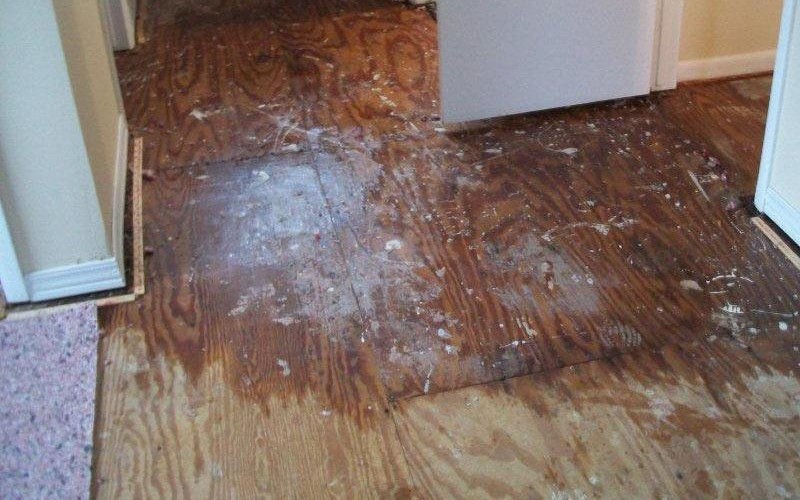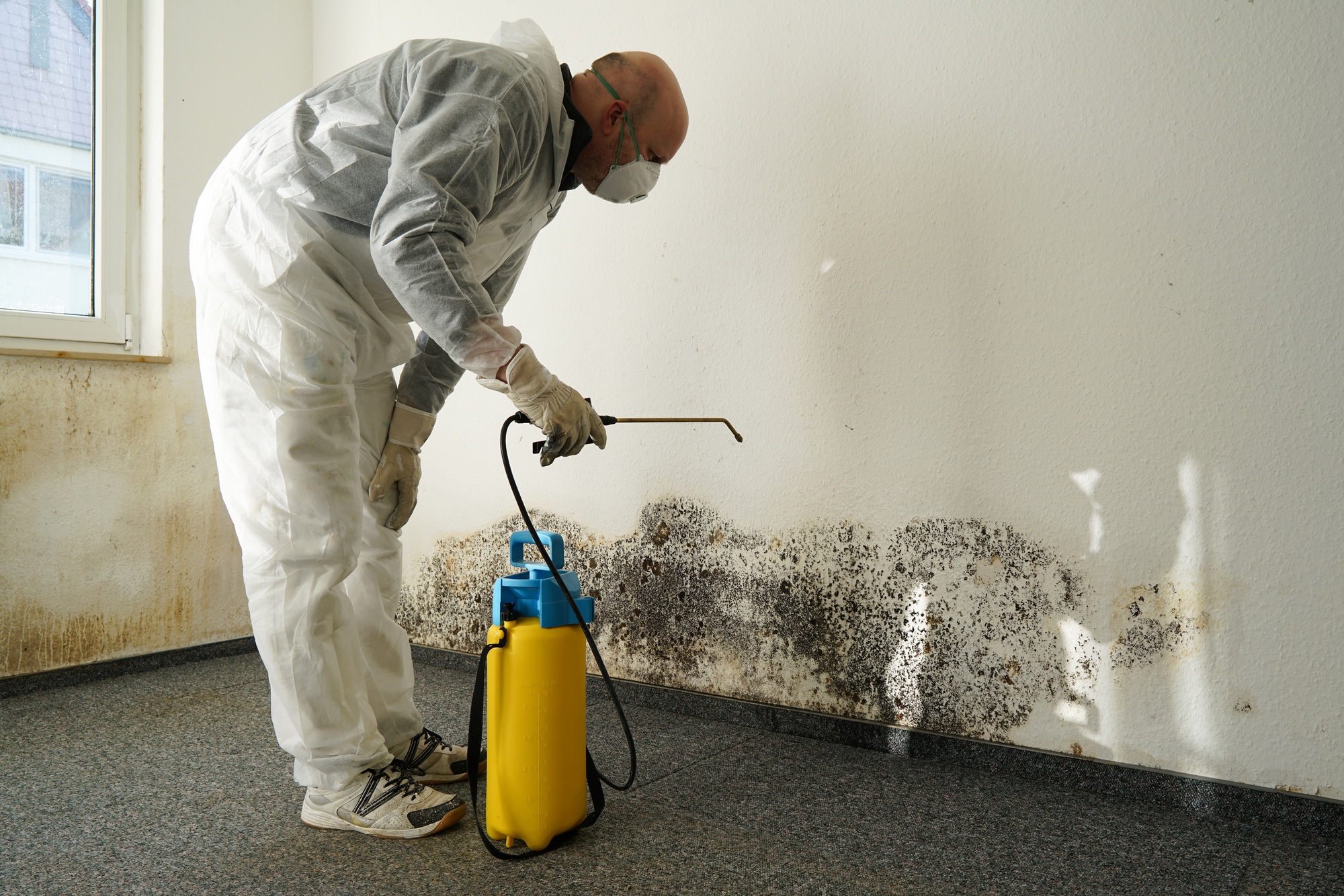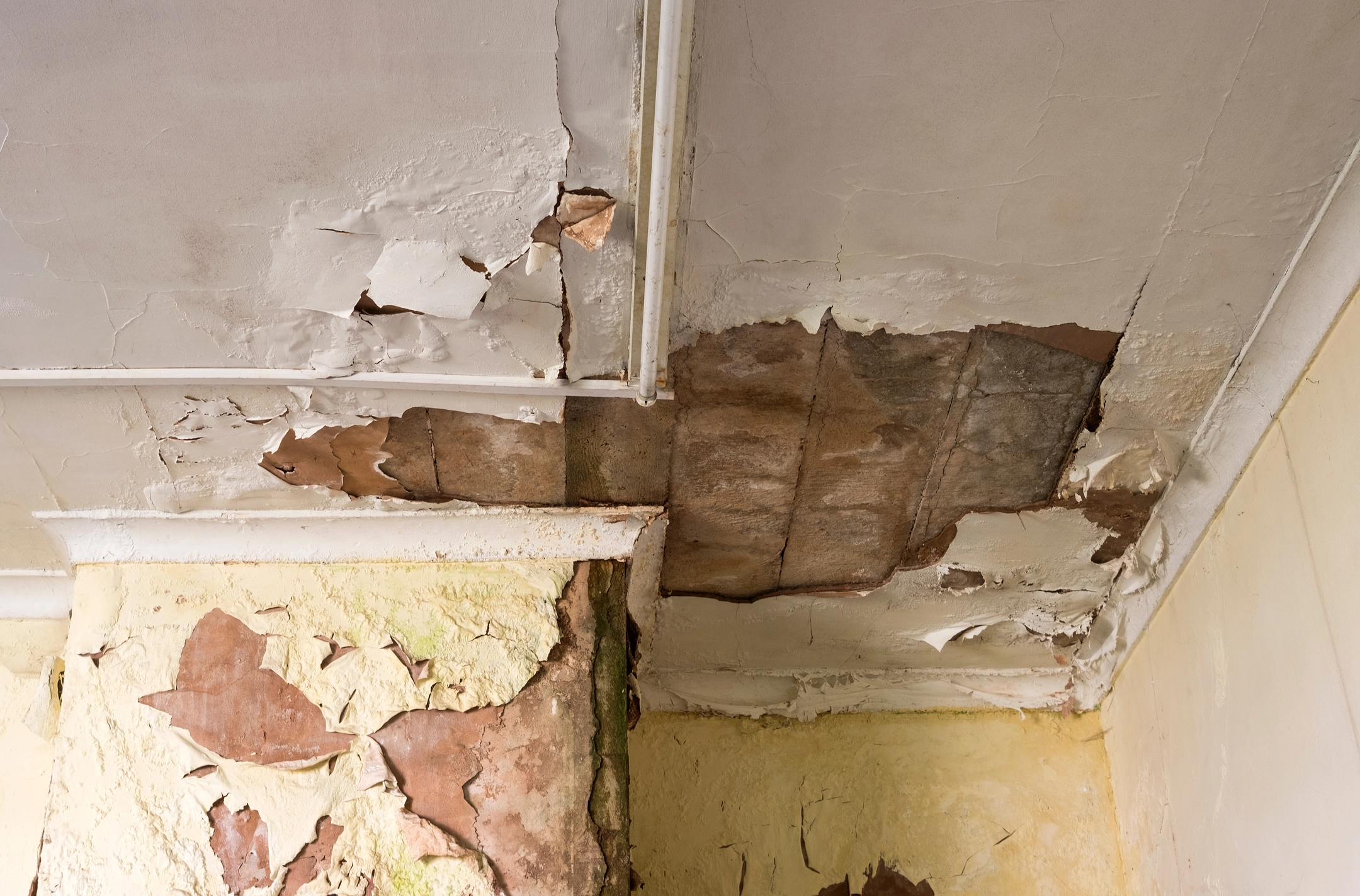Cost-Effective Damage Restoration Services to Handle Severe Water Issues
Wiki Article
The Refine of Water Damage Clean-up: Guaranteeing Your Home Is Restored Efficiently
Water damages can be a complicated obstacle for house owners, requiring a structured and thorough cleanup procedure to recover safety and functionality. damage restoration services. Following this, efficient water removal strategies play a crucial function in reducing further damage.Evaluating the Damage
Upon uncovering water damage, the initial step is to extensively analyze the degree of the impact. This first assessment is important, as it helps determine the needed steps for efficient cleanup and reconstruction. Begin by evaluating the impacted locations, including wall surfaces, ceilings, floors, and personal possessions, to recognize the source of the water invasion, whether from flooding, leakages, or condensation.Recording the damages is important for both insurance cases and intending restoration initiatives - damage restoration services. Use photos and written notes to catch the severity of the damage, keeping in mind any afflicted architectural elements and materials. Pay unique focus to areas that may not be instantly visible, such as behind walls and under carpetings, as concealed moisture can cause more issues, including mold and mildew development
Additionally, assess the timeline of the water exposure. Ultimately, a thorough assessment lays the groundwork for a successful water damage cleaning process, making certain that all affected locations are addressed effectively and thoroughly.
Water Removal Techniques

Specialists typically use submersible pumps for larger quantities of water, which can promptly ease flooding in basements or other influenced locations. For smaller quantities, wet/dry vacuum cleaners are typically used to extract recurring wetness from carpets and tough surfaces. Additionally, making use of mobile extractors permits for targeted removal in constrained areas or locations with delicate products.
In circumstances of polluted water, such as sewage or floodwater, progressed extraction techniques might involve the usage of biohazard equipment to ensure security and compliance with health and wellness policies. High-powered removal devices are important in minimizing water retention in architectural products, which can result in mold and mildew growth and architectural damage if not attended to quickly.
Inevitably, the efficiency of water removal techniques plays a crucial role in the general success of the water damages clean-up procedure, laying the foundation for subsequent repair efforts.
Drying and Dehumidification
As soon as standing water has actually been efficiently removed, the next vital stage in the water damage clean-up procedure is drying and dehumidification. This step is important to prevent additional damages and mold and mildew development, which can occur within 24 to two days in moist settings.To achieve efficient drying, customized tools such as industrial-grade air moving companies and dehumidifiers is employed. Air moving companies flow air throughout damp surfaces, enhancing dissipation prices, while dehumidifiers lower moisture degrees airborne, advertising a helpful environment for drying. The combination of these devices makes sure that dampness is drawn out from furnishings, floorings, and wall surfaces, allowing them to dry extensively.
It is very important to keep an eye on the drying out process carefully. Experts usually make use of water extraction services moisture meters to examine the wetness material in different materials, guaranteeing that all impacted areas get to appropriate dryness levels. This thorough approach aids to stop concealed wetness pockets that could bring about architectural damages or unhealthy mold and mildew development.

Cleansing and Sterilizing
After the drying and dehumidification stage is total, the next vital action in water damage cleaning is cleaning and sterilizing the impacted locations. This process is essential to prevent the development of mold and mildew, microorganisms, and other virus that prosper in damp settings.The cleaning stage typically involves getting rid of any kind of debris, dust, and pollutants from surfaces making use of specialized cleaning agents. For tough surface areas, a mix of soap and water or business cleansing items is usually used. Soft products, such as furniture and carpets, might require a lot more comprehensive cleansing techniques, including steam cleaning or deep extraction strategies, to guarantee thorough sanitation.

Sterilizing complies with cleaning, utilizing EPA-approved disinfectants to remove damaging microbes. This action is vital, specifically in areas that may have come right into contact with floodwaters or sewer, as these sources can present serious health and wellness threats.
Furthermore, it is necessary to attend to any staying odors, which may need making use of odor neutralizers or sophisticated techniques like ozone treatment. Proper cleansing and sanitizing not only restore the safety and health of your home yet likewise lay the groundwork for successful restoration and fixings in subsequent phases of the water damages cleaning procedure.
Restoration and Repair Work

Once the evaluation is full, remediation efforts can begin. This usually entails repairing or replacing broken materials, ensuring that all job complies with local building regulations and criteria. If drywall has been endangered, it will require to be removed and replaced with new material. Additionally, flooring may need similar interest, relying on the level of water exposure.
It is critical to involve knowledgeable remediation experts during this procedure, as they have the know-how to deal with complicated fixings efficiently. They can help minimize possible future issues, such as mold growth or architectural instability, therefore ensuring a safe and habitable living environment. Ultimately, efficient restoration and repairs restore the home's stability and boost its overall value.
Conclusion
Finally, the procedure of water damages cleanup is critical for recovering a home to its pre-damage condition. Each phase, from examining the damages to carrying out effective water extraction techniques, followed by comprehensive drying, sanitizing, and necessary repairs, plays a crucial function in making sure safety and conformity with building standards. Reliable implementation of these actions not only reduces immediate damages but also improves the long-lasting stability and worth of the residential property.Water damages can be a complicated challenge for homeowners, demanding a thorough and organized cleanup procedure to restore safety and security and functionality. Inevitably, a comprehensive analysis lays the foundation for an effective water damage clean-up procedure, making sure that all influenced areas are addressed properly and thoroughly.
Efficient water removal techniques are vital in minimizing damage and protecting against further issues adhering to a water breach event.In conclusion, the process of water damages cleanup is essential for restoring a home to its pre-damage condition. Each phase, from examining the damages to carrying out effective water extraction techniques, complied with by detailed drying out, sanitizing, and necessary repair services, plays a crucial role in guaranteeing security and compliance with building criteria.
Report this wiki page